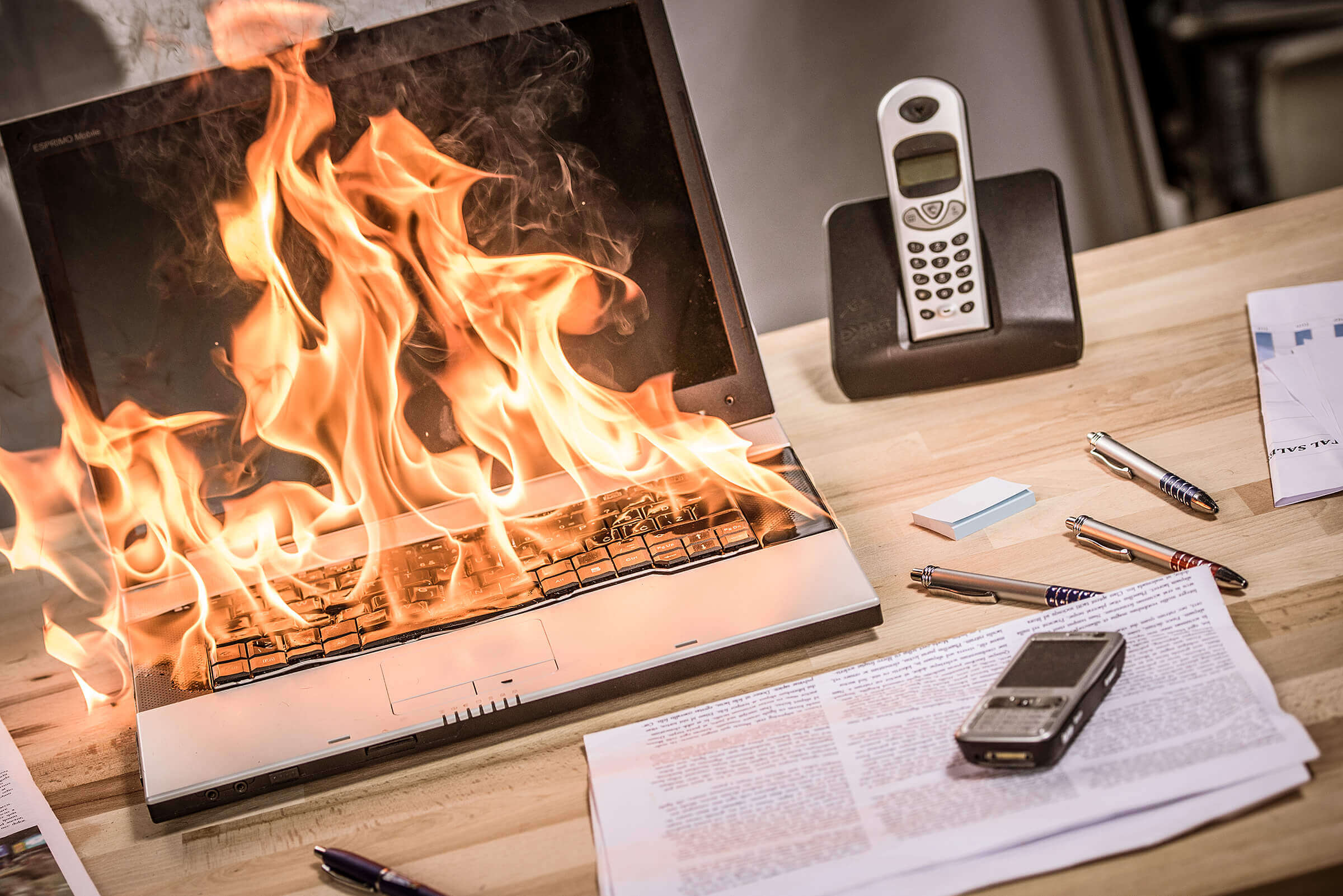The Westchester County H.E.R.R.O. program may assist in reimbursing higher education tuition and student loans.
Learn more about the H.E.R.R.O. program.

Hurricane season has begun. If you live in an area susceptible to hurricanes, the time to prepare for a hurricane disaster is before it hits. As with any severe weather, be sure to watch and follow the weather reports, especially those of the National Weather Service. We also strongly recommend you follow local weather channels, whether on the radio, the TV, computer or mobile device so you are in the know of what is going on.
Review disaster plans with your family
It is important that you review disaster plans with your family in the event you are not all in the same place at the time of the hurricane.
We have outlined a trove of information on Be Safe During Hurricane Season.
We explain the difference between hurricane watch and warning, plus we explain what a "Go Bag" is and what needs to go into it.
Once alerted by emergency officials, your family must understand that they have to act on the plans you have set in place.
Preparation and action are two critical keys to weather safety.
 Did you know a growing cause of fires today are from lithium-ion batteries?
Did you know a growing cause of fires today are from lithium-ion batteries?
Lithium-ion batteries supply power to many kinds of devices including smartphones, laptops, tablets, scooters, e-cigarettes, smoke alarms, toys, and even cars. Lithium-ion batteries store large amounts of energy and can pose a threat if not treated properly. Like any product, a small number of these batteries are defective. We want you to take care when using them because in rare cases, they can overheat, catch fire or explode.
Safety Tips When Using Lithium-Ion Batteries:
- When purchasing devices, be sure that the equipment has the Underwriters Laboratories Mark. The UL mark shows that the product has been safety-tested.
- ALWAYS follow the manufacturers recommended instructions.
- Only use the battery that is designed for the device.
- Place batteries in the device the correct way.
- Only use the charging cord that came with the device; the power adapter is made specifically for that device. Do not buy cheaper chargers for replacement.
- Do not charge your device under your pillow, on your bed, on your couch, or armchair.
- Keep batteries at room temperature; do not place them in direct sunlight or keep them in hot vehicles.
- Always charge your batteries at room temperature, too hot or too cold can cause damage.
- Store batteries away from anything that can catch fire.
- Never leave devices charging unattended.
Signs of a Problem:
Stop using the battery if you notice these problems: odor, change in color, too much heat, change in shape, leaking, or if you hear odd noises coming from the battery. If it is safe to do so, move the device away from anything that is flammable.
Battery Disposal:
- Putting lithium-ion batteries in the trash or recycling at home is illegal.
- Recycle batteries by taking them to a battery recycling location. In Westchester, batteries can be taken to the Westchester County Household Material Recovery Facility (H-MRF).
- https://environment.westchestergov.com/residents/recycling-guidelines/household-batteries
- Individually bag batteries or tape ends before disposing.
Learn more about lithium-ion battery safety (English) (Espanol).
Battery Energy Storage Systems Conference flyer.
The documents below provide important fire prevention guidelines.
- Halloween Fire Prevention Tips: NFPA Halloween Fire Safety Tips
- Understanding Residential Sprinkler Systems and Related Codes: This article provides some important facts about the installation of residential sprinkler systems.
- Home Heating Fires: Report entitled "Heating Fires in Residential Buildings," developed by the USFA’s National Fire Data Center. The report examines the causes and characteristics of heating fires that occur in residential buildings.
- Chimney Fire Safety: Chimney maintenance and fire prevention for residential owners of wood-burning appliances.
- Winter Fire Safety: Fire safety tips that can help you maintain a fire-safe home for this winter. Proper use of home heating devices
- Smoke Detectors: Learn how having a smoke detector installed in your home can save the life of you and your family.
- Holiday Safety Tips: NYS holiday safety tips.
- BBQ Fire Safety: Learn about barbecue maintenance and safety.

In 2002 the Department of Emergency Services through the national Public Access Defibrillation (PAD) program, stationed over 160 AEDs throughout county parks, office buildings, police vehicles and other county owned facilities. The EMS division manages the county's Public Access Defibrillation (PAD) Program. This program involves recruitment, training and re-certification of county employees. Training includes proficiency in Cardio Pulmonary Resuscitation (CPR) and in using an automated external defibrillator (AED).
What is an AED?
The automated external defibrillator (AED) is a computerized medical device that is used by trained personnel to save a life. The AED can recognize a life threatening cardiac rhythm and if needed deliver a shock to the heart in an attempt to stimulate a normal heart rhythm.
Why do we train county employees in CPR/AED?
Early recognition and CPR is a critical part of providing lifesaving aid to people suffering sudden cardiac arrest. An employee trained in CPR and in the use of an AED can recognize the signs of sudden cardiac arrest and initiate immediate care prior to the arrival of medical personnel. The training provided ensures that employees are familiar with the signs and symptoms of sudden cardiac arrest, know how to get assistance and can provide immediate assistance.
Are there AED devices in all County buildings?
Since the inception of the PAD program DES has provided CPR/AED training to over 1,200 county employees and coordinated the placement of 170 AED units. Devices are located throughout 61 county buildings and in many first response vehicles.




